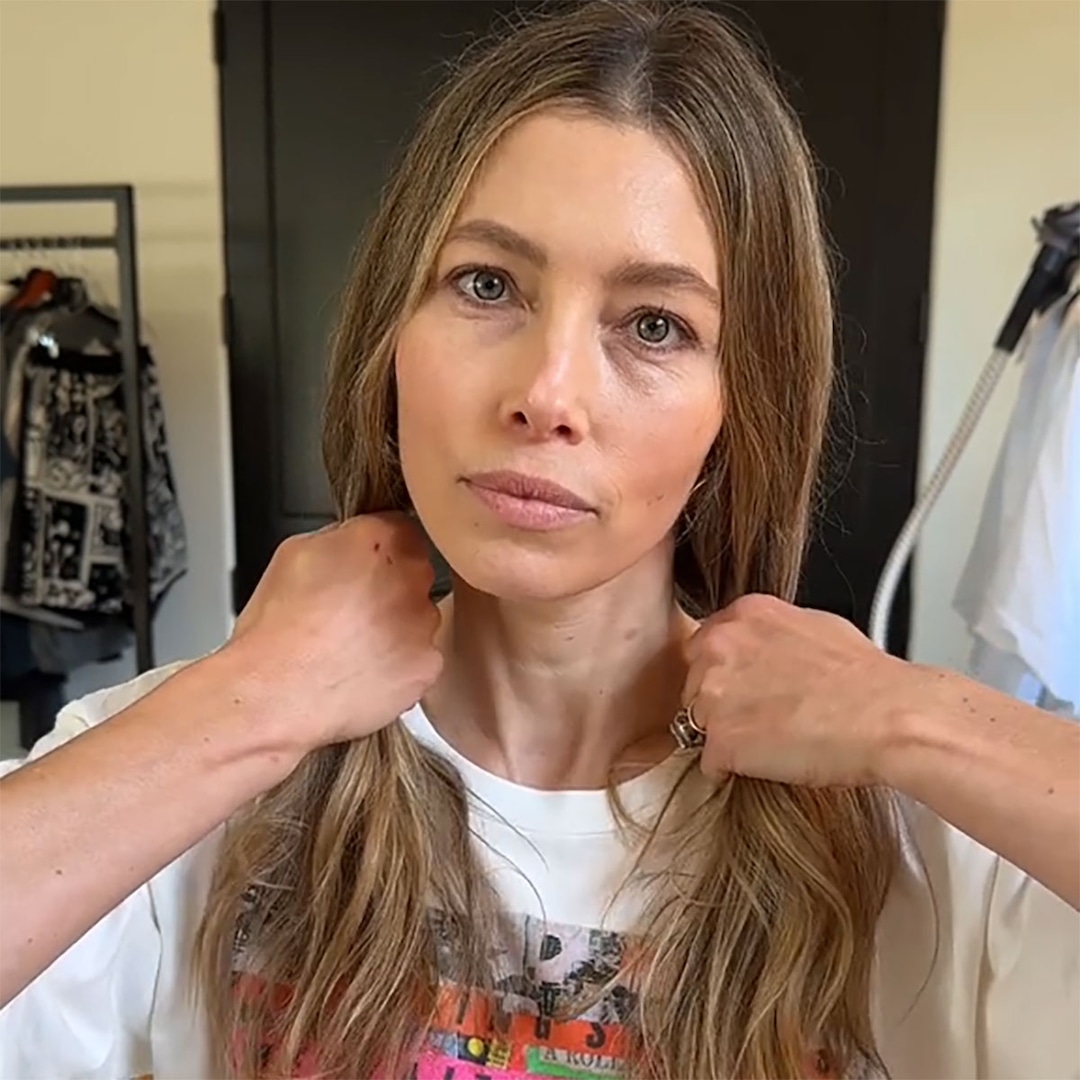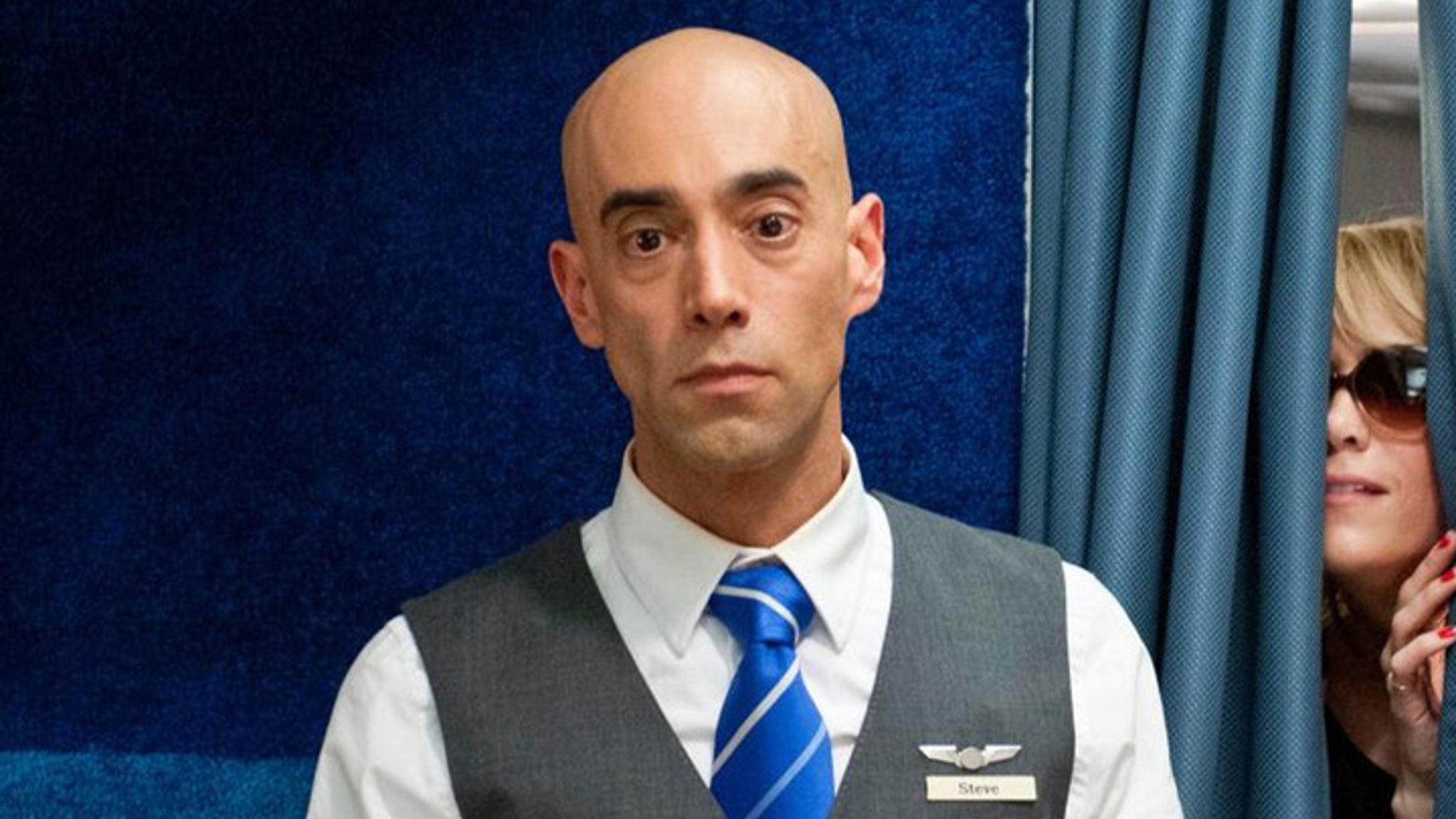Culture
Surrealism Reigns at Tefaf Art Fair

This is the 100th anniversary of the Surrealist manifesto, a document written in France for a radical art movement whose resonance endures in our chaotic moment at the 10th edition of the Tefaf New York art fair. Throughout the Park Avenue Armory, among the fair’s 89 exhibitors from 15 countries, objects made during the heyday of Surrealism, from the 1930s to the 1950s, pop up frequently. The ethos of Surrealism, which celebrated dreams, nightmares, the unconscious mind and odd juxtapositions is also prevalent.
This is a bit of a switch for Tefaf, the grand old art fair started in Maastricht, the Netherlands, which started off as a place to buy deaccessioned museum pieces and bona fide old masters. The New York edition focuses on modern and contemporary art and even the handful of dealers here specializing in antiquities, jewelry or design seem to have followed the Surrealist theme. Here are a few among this very manageable fair with exceptional wares.
Leon Tovar (366)
Surrealism was especially embraced in Latin America (although everywhere, really, as the Metropolitan Museum’s exhibition “Surrealism Beyond Borders,” which opened in late 2021, attested). Leon Tovar Gallery, which started in Bogotá before moving to New York a little over 20 years ago, is showcasing a terrific painting by the Mexican artist Rufino Tamayo titled “Claustrofobia” (1954). The red, pink and orange canvas with a wooden frame that looks as if it’s been clawed as much as carved, highlights an insectoid figure banging around inside a geometric armature. Tamayo worked at the archaeology museum in Mexico City, later absorbed into the National Museum of Anthropology, and was inspired by pre-Columbian art, but this painting also shows his affinity with Francis Bacon, whom Tamayo knew in 1940s New York.
Galerie Jacques Lacoste (301)
Another object with an impeccable Surrealist pedigree is over at Jacques Lacoste, which is showing French design from the 1930s. Here is a soft, peach-hued sofa conceived by the wunderkind Salvador Dalí and executed by the designer Jean-Michel Frank that mimics the lips of the saucy actress Mae West. The sofa was part of a set commissioned by a baron with the idea that the home was a kind of stage or theatrical set. (Frank was the only architect included in a landmark 1936 exhibition of Surrealism at the Museum of Modern Art in New York, organized by the museum’s first director, Alfred Barr.)
Osborne Samuel (360) and Thaddaeus Ropac (345)
The work of female artists is another thread running through the fair, and Osborne Samuel has several sculptures by the British artist Barbara Hepworth (as well as the ethnographic-influenced sculptures of Lynn Chadwick, a male artist), while Thaddaeus Ropac has a solo presentation of the American painter Joan Snyder. Hepworth’s sensuous sculptures — which are often compared to Henry Moore’s — were contemporaneous with the Surrealist boom in the 1930s and a taste for abstract biomorphic form, while Chadwick leaned into angular forms culled in part from his architectural training. Snyder is a contemporary American master whose abstract paintings include organic materials like flowers and plants. The arresting presentation at Ropac includes several decades of painting and rawer works on paper.
David Zwirner (347) and Di Donna Galleries (334)
Odd juxtapositions were a standby in Surrealism: The author Lautréamont’s unsettling quip about a “chance meeting of a sewing machine and an umbrella on a dissecting table” served as a road map for many artists. Zwirner follows this logic, pairing the beloved Italian still-life painter Giorgio Morandi with the lauded Mississippi pottery master George Ohr, also known as the “Mad Potter of Biloxi,” who died in 1918. Morandi specialized in muted still life paintings with a spare array of vessels and Ohr made unusually shaped vessels that looked ahead to abstract expressionism. Meanwhile, over at Di Donna are two paintings from the 1940s by Yves Tanguy, who was part of the 1920s Surrealist circle in Paris (although, by this time living in Connecticut with his second wife, the Surrealist poet and artist Kay Sage). Tanguy’s eerie, uneasy paintings — stark and filled in their lower registers with bulbous, spiky forms — illustrate both that battle-weary moment and, of course, our own.
TEFAF New York Art Fair
Opens Thursday by invitation. Friday-Tuesday, May 10-14, at Park Avenue Armory, 643 Park Avenue at 67th Street, in Manhattan; tefaf.com. $55 for one day single entry; $25 for students.






















